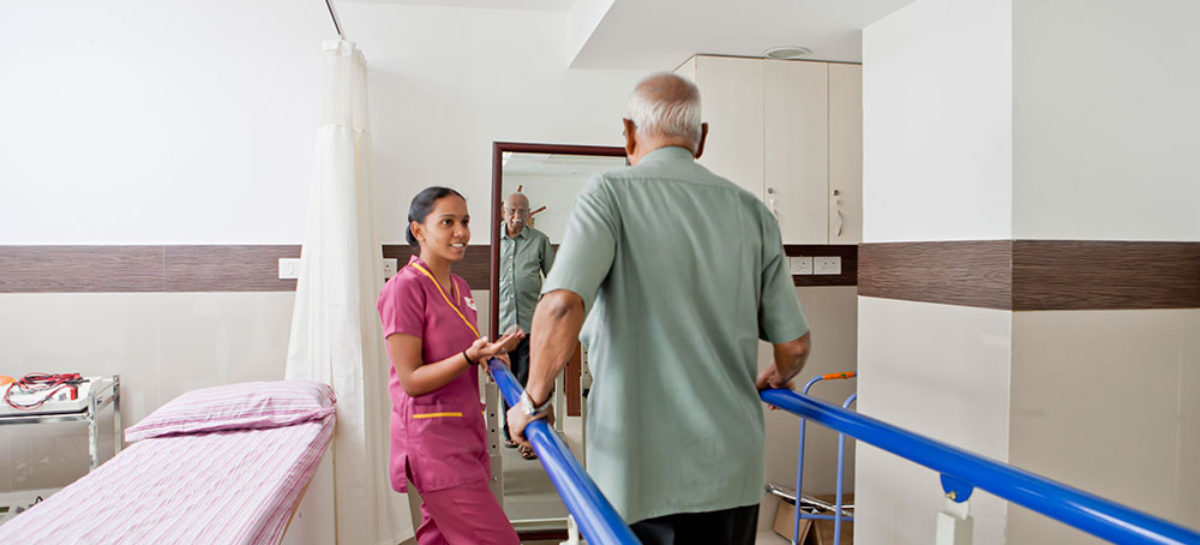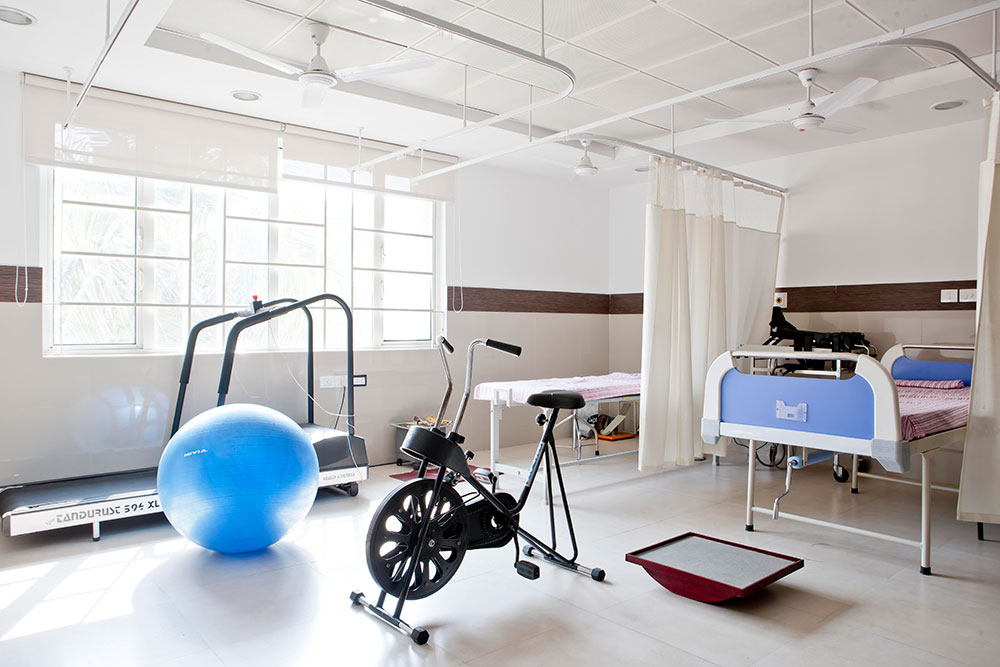Do you experience radiating pain from thigh to your back? Learn about SI Joint Pain.

Do you experience radiating pain from thigh to your back? Learn about SI Joint Pain. | Kauvery Hospital
SI refers to the Sacroiliac joint at the base of the spinal column. The sacroiliac joint is a very strong and stable joint. It joins the end of the spinal column (the sacrum bone) to the pelvic bone (the hip bone). Sacroiliac dysfunction is most common in young and middle aged women.
Symptoms
1. Radiating pain in the thighs and buttock regions. It is also possible for the pain to travel down the sciatic nerve, but it very rarely flows through to the foot.
2. The pain is generally experienced on one side of the body.
3. Pain is felt when standing up from a sitting position in a chair. The pain begins in the lower back and could be either sharp or a dull ache. Though it does begin in the lower back it could move either up to the upper back or move down to your thighs, buttocks, and groin areas.
4. SI Joint pain appears to be more during the morning hours and gradually diminishes towards the evening hours.
Causes
1. The pain could be caused due to an inflammation, which could have been caused when playing a sport or if you fell down and injured your back.
2. A constant activity like jogging lays stress on the sacroiliac joint which can also be the cause of SI dysfunction.
3. If you take uneven strides because one of your legs is shorter than the other, then you may experience Sacroiliac joint pain.
4. SI dysfunction can also be caused due to damage to the ligaments that hold the sacroiliac joint together. When the ligaments are damaged it makes the sacroiliac joint to move abnormally hence causing pain.
5. Arthritis is another cause of SI joint pain. Ankylosing Spondylitis a form of arthritis damages the Si joint and thus causes pain.
6. SI Joint dysfunction occurs when the cartilage that covers the SI Joint slowly wears away due to age.
7. Pregnancy can also cause changes to the SI joint. During pregnancy the body releases hormones that loosen the SI joint and cause it to move more and differently, hence causing stiffness in the back and pain.
Treatment
Several options are available:
1. The doctor may advise you to stop the activities that cause the pain to occur.
2. Your doctor may prescribe painkilling medications.
3. A physiotherapist can provide you with an exercise regime that helps to strengthen and improve your flexibility. During the exercise routine, any habits acquired due to the pain (such as leaning to one side or walking with a limp) will be corrected.

4. The therapist may also suggest ultrasound, cold and heat treatments to alleviate the pain.
5. Cortisone injections may be injected into the joint to bring down the inflammation in the SI joint.
6. If cortisone injections don’t provide the relief, then the doctor may numb the nerves around the sacroiliac joint, bringing relief from the pain.
7. Prolotherapy employs the usage of natural ingredients, such as saline being injected into the SI joint, causing numbness.
8. If none of the above provides the relief needed, then the Orthopedic may suggest surgery called the SI joint fusion, where pins and implants are used to fuse the bones near the joint.
Conclusion
If your lower back is hurting then don’t let it get the better of you. Get relief by consulting an Orthopedic Specialist who will devise a treatment plan for you.
Kauvery Hospital is globally known for its multidisciplinary services at all its Centers of Excellence, and for its comprehensive, Avant-Grade technology, especially in diagnostics and remedial care in heart diseases, transplantation, vascular and neurosciences medicine. Located in the heart of Trichy (Tennur, Royal Road and Alexandria Road (Cantonment), Chennai, Hosur, Salem, Tirunelveli and Bengaluru, the hospital also renders adult and pediatric trauma care.
Chennai – 044 4000 6000 • Trichy – Cantonment – 0431 4077777 • Trichy – Heartcity – 0431 4003500 • Trichy – Tennur – 0431 4022555 • Hosur – 04344 272727 • Salem – 0427 2677777 • Tirunelveli – 0462 4006000 • Bengaluru – 080 6801 6801


